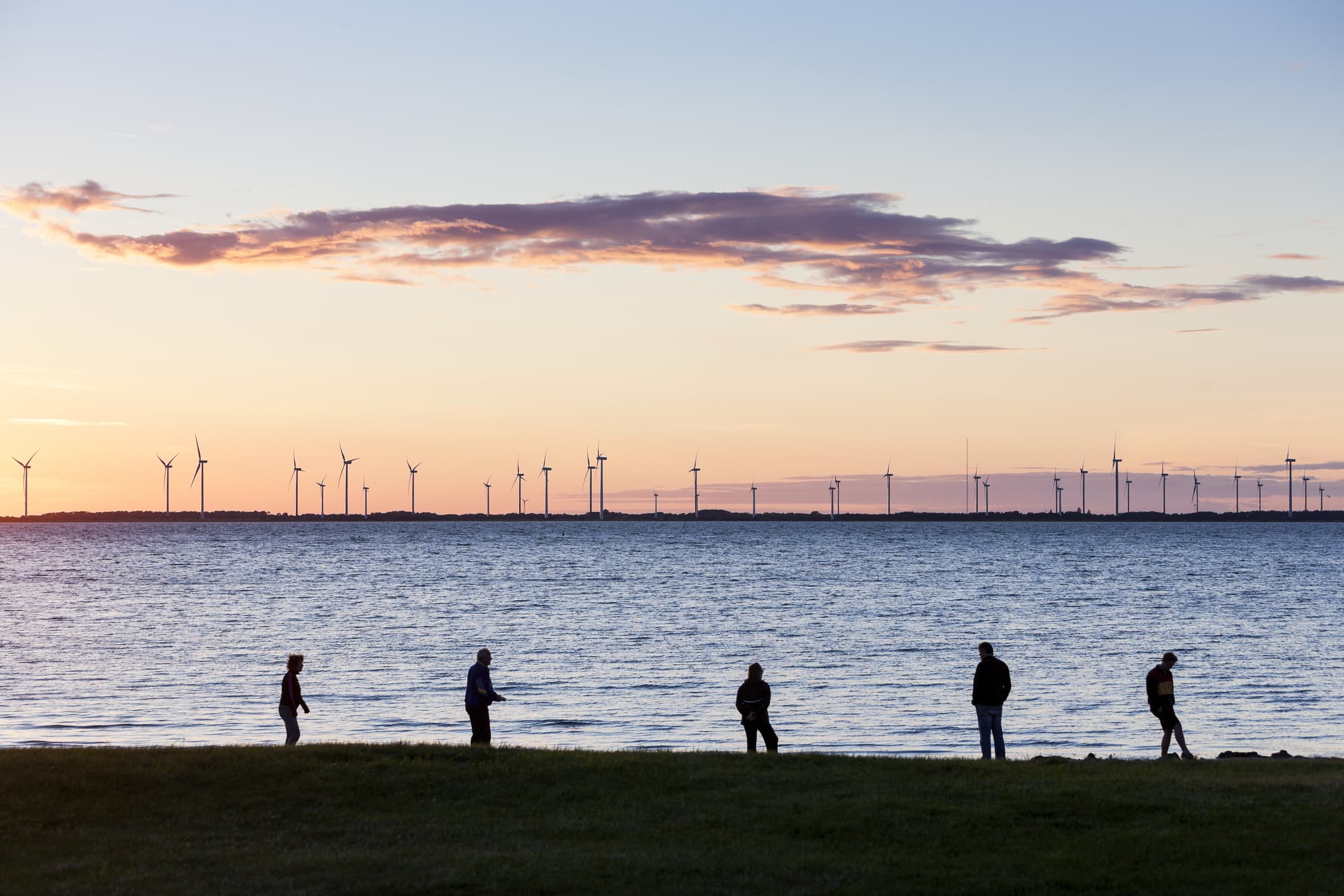
Around the world, a host of governments and businesses are looking to reduce their environmental impact by embracing renewable sources of energy.
In the U.S., for instance, the Energy Information Administration expects non-hydroelectric renewables — think wind and solar — will be the "fastest growing source of U.S. electricity generation for at least the next two years."
While this may be beneficial to the planet, it does pose some challenges, not least when it comes to energy storage. This is because while sources such as solar and wind are renewable, they do not promise a constant stream of power.
It's within this context that storage systems are seen as being so important to renewables, as they enable the storage of energy when it's available and then its usage when required.
"To integrate large amounts of renewable energy into the power system two issues need to be solved," Ilka Jahn, a PhD candidate at Stockholm's KTH Royal Institute of Technology, told CNBC's "Sustainable Energy."
"One is that, usually, the energy is not produced where it's needed, so that's a location problem," she explained. "And the second one is that the energy is being produced at a time when it's not needed, so that's a timing problem."
Jahn added that, to overcome this, two things could be done. "One is to build more transmission capacity, so new power lines." The second solution Jahn proposed was the building of more energy storage. "How you actually do that depends on the specific project and the specific requirements."
On the Swedish island of Gotland, which is home to dozens of wind turbines, researchers from several organizations — including major Swedish utility Vattenfall, Schneider Electric and the KTH Royal Institute of Technology — have worked on a project called Smart Grid Gotland, which wrapped up in 2017.
Among other things, the project aimed to integrate wind and other renewable sources into the network while still ensuring reliability.
To give one example of how innovation was used during the project, households on the island were able to monitor their energy usage 24 hours per day. Using technology, they could adjust their heater's settings so that it switched on when cheap, renewable electricity was available and turned off when prices went up.
"The Gotland project was a very interesting project in that it looked at how to repurpose an existing distribution grid into a smarter grid," Daniel Mansson, an associate professor at the KTH Royal Institute of Technology in Stockholm, Sweden, told CNBC.
According to the ETIP Smart Networks for Energy Transition, which was set up by the European Commission, one result of the Smart Grid Gotland project was that it showed how it was "possible to make better use of renewable energy by incentivizing consumers to lower their energy consumption at times of limited renewable production."
Given that Swedish authorities want 100% renewable electricity production by the year 2040, the results of projects such as Smart Grid Gotland will be watched with a great deal of interest.
No comments:
Post a Comment